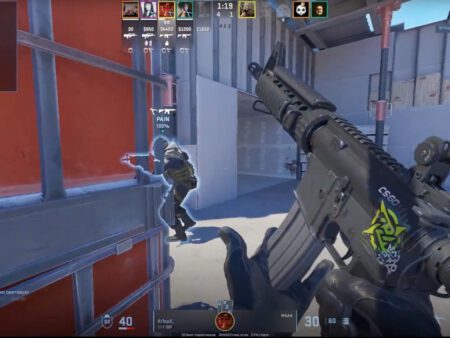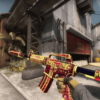Trading skins in CS:GO and CS2 involves a series of steps and strategies to ensure profitable and secure exchanges. Here’s a comprehensive guide based on multiple sources:
Setting Up for Trading
- Create a Steam Account: Essential for trading in CS:GO and CS2. Ensure you have Steam Guard and two-factor authentication activated for security. Your account should also have a history of purchases to remove restrictions.
- Acquiring Skins: Skins can be acquired by playing the game, reaching higher levels, participating in events, or buying them from the Steam Market or third-party websites.
- Understanding Skin Value: Factors like condition (Factory New, Well-Worn, etc.), demand, special attributes (stickers, patterns), and rarity significantly affect a skin’s value. Use platforms like CS.MONEY and community resources to evaluate skin prices.
- Learning the Market: Familiarize yourself with the fluctuating prices and trends in the skin market. This includes understanding how supply and demand, community preferences, and game updates affect skin values.

Trading Platforms and Strategies
- Steam Community Market: Integrated into Steam, this is a secure platform for trading. However, it has high transaction fees and does not allow withdrawal of real money.
- Third-Party Platforms: Websites like CS.MONEY offer a broader audience and sometimes better prices. These platforms often provide more flexibility, including the option to withdraw cash.
- Trading Up and Market Speculation: Combine lower-value skins for higher-value ones and invest in skins that are likely to increase in value over time.
- Safe Trading Practices: Ensure you trade on trusted platforms, check the reputation of trading partners, and use security features like Steam Guard and trade holds for added safety.
- Legal and Ethical Considerations: Adhere to Valve’s policies and your local laws regarding digital assets and online trading. Engage in fair and ethical trading practices.
Profit and Risks
- Potential for Profit: Regular sales of popular skins can be profitable, and the market offers opportunities for both selling and exchanging skins.
- Risks: Trading skins is risky and requires knowledge of the market. Start with a small investment and gradually increase it as you gain experience.
- Building a Unique Inventory: Trading isn’t just about profit; it’s also about personalizing your gaming experience with unique skins.
Conclusion
Trading CS2 skins requires a blend of strategy, knowledge, and caution. It’s important to understand the value of skins, use secure and reputable trading platforms, and stay informed about market trends and security practices. By following these guidelines, traders can engage in profitable and enjoyable skin trading while minimizing risks. Remember, it’s essential to treat trading as a supplementary activity and not as a primary source of income.















